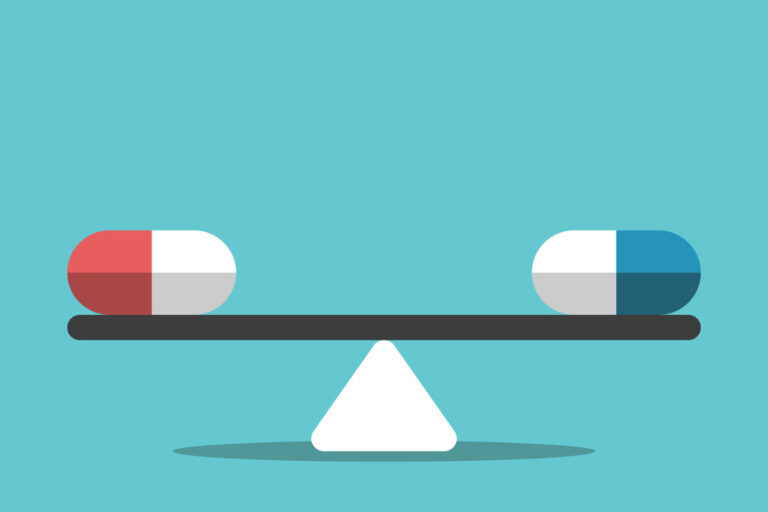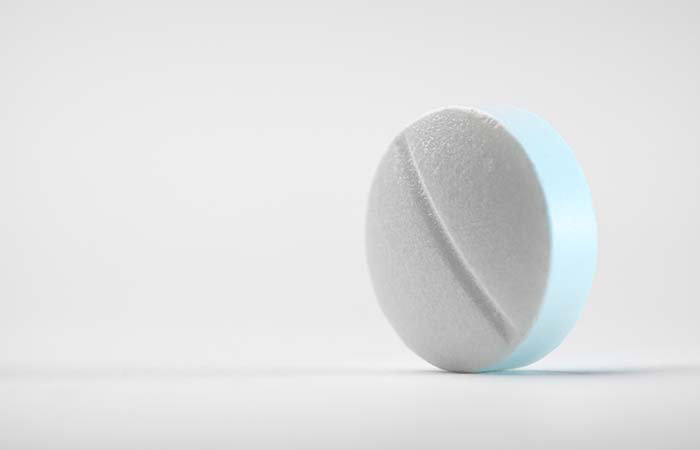Armodafinil vs. Adderall: Comparing Effectiveness and Safety for ADHD and Sleep Disorders
Selecting the right medication for ADHD or sleep disorders can be challenging. Two commonly prescribed options, Armodafinil and Adderall, differ significantly in their mechanisms, approved uses, benefits, and risks. Understanding these differences is essential for making an informed decision that suits your specific medical needs.
What is Armodafinil?
Armodafinil (brand name Nuvigil) is a wakefulness-promoting agent approved by the FDA for excessive sleepiness associated with narcolepsy, obstructive sleep apnea, and shift work disorder (U.S. Food and Drug Administration, 2017). It is the R-enantiomer of modafinil and works by targeting specific brain regions to enhance alertness with less widespread central nervous system (CNS) stimulation than traditional stimulants (U.S. Food and Drug Administration, 2017; U.S. Food and Drug Administration, 2015).
Approved Uses and Dosage
Armodafinil is typically taken once daily. For obstructive sleep apnea and narcolepsy, doses range from 150 mg to 250 mg each morning. For shift work disorder, 150 mg is taken about one hour before the work shift begins (U.S. Food and Drug Administration, 2017).
Side Effects and Risks
Common side effects include headache, nausea, dizziness, and insomnia. Serious but rare risks include severe dermatologic reactions such as Stevens-Johnson Syndrome, psychiatric symptoms like anxiety or depression, and cardiovascular events. Patients with a history of psychiatric disorders or heart disease should use caution (U.S. Food and Drug Administration, 2017).
What is Adderall?
Adderall is a central nervous system stimulant composed of mixed amphetamine salts, primarily prescribed for ADHD and narcolepsy (Faraone & Biederman, 2002). It increases dopamine and norepinephrine levels in the brain, improving focus, attention, and impulse control.
Approved Uses and Dosage
Adderall is available in immediate-release and extended-release forms, with dosing typically ranging from 5 to 60 mg daily depending on individual needs (Faraone & Biederman, 2002).
Side Effects and Risks
Common side effects include insomnia, appetite loss, weight reduction, and mood changes. Long-term use carries risks of dependency and growth suppression in children. Cardiovascular issues and psychiatric complications have also been reported (Faraone & Biederman, 2002).
Key Differences Between Armodafinil and Adderall
| Category | Armodafinil | Adderall |
|---|---|---|
| Drug Class | Wakefulness-promoting agent (Schedule IV) | CNS stimulant (Schedule II) |
| Approved Uses | Sleep disorders | ADHD, narcolepsy |
| Mechanism | Targets specific brain areas, less systemic CNS stimulation | Increases dopamine and norepinephrine broadly |
| Abuse Potential | Lower | Higher |
| Side Effects | Headaches, nausea, rare severe rash | Insomnia, appetite loss, dependency risk |
| Dosing Convenience | Once daily | Multiple dosing options |
Pregnancy and Breastfeeding
Both medications are FDA Pregnancy Category C; potential risks cannot be ruled out. It is essential to consult healthcare providers before use during pregnancy or breastfeeding (U.S. Food and Drug Administration, 2017; Faraone & Biederman, 2002).
Drug Interactions and Contraindications
Armodafinil interacts with hormonal contraceptives and some anticoagulants; caution is advised for patients with liver or kidney issues (U.S. Food and Drug Administration, 2017). Adderall has broader drug interactions and is contraindicated in patients with heart disease, glaucoma, hyperthyroidism, or severe psychiatric disorders (Faraone & Biederman, 2002).
Choosing Between Armodafinil and Adderall
Choosing the right medication depends on your condition, side effect tolerance, and risk factors. Armodafinil may suit those needing wakefulness without overstimulation, whereas Adderall is more effective for core ADHD symptoms but requires careful monitoring due to abuse potential (U.S. Food and Drug Administration, 2017; Faraone & Biederman, 2002).
Conclusion
Armodafinil and Adderall are effective for different purposes. Understanding their benefits, risks, and appropriate use is crucial. Always discuss with a healthcare professional to make the best choice for your health.
References
- U.S. Food and Drug Administration. (2017). NUVIGIL® (armodafinil) tablets, for oral use, C-IV [prescribing information]. U.S. Department of Health and Human Services. Retrieved from https://www.accessdata.fda.gov/drugsatfda_docs/label/2017/021875s023lbl.pdf
- U.S. Food and Drug Administration. (2015). PROVIGIL® (modafinil) tablets, for oral use, C-IV [prescribing information]. U.S. Department of Health and Human Services. Retrieved from https://www.accessdata.fda.gov/drugsatfda_docs/label/2015/020717s037s038lbl.pdf
- Faraone, S. V., & Biederman, J. (2002). Efficacy of Adderall for attention-deficit/hyperactivity disorder: A meta-analysis. Journal of Attention Disorders, 6(2), 69–75. https://doi.org/10.1177/108705470200600203








